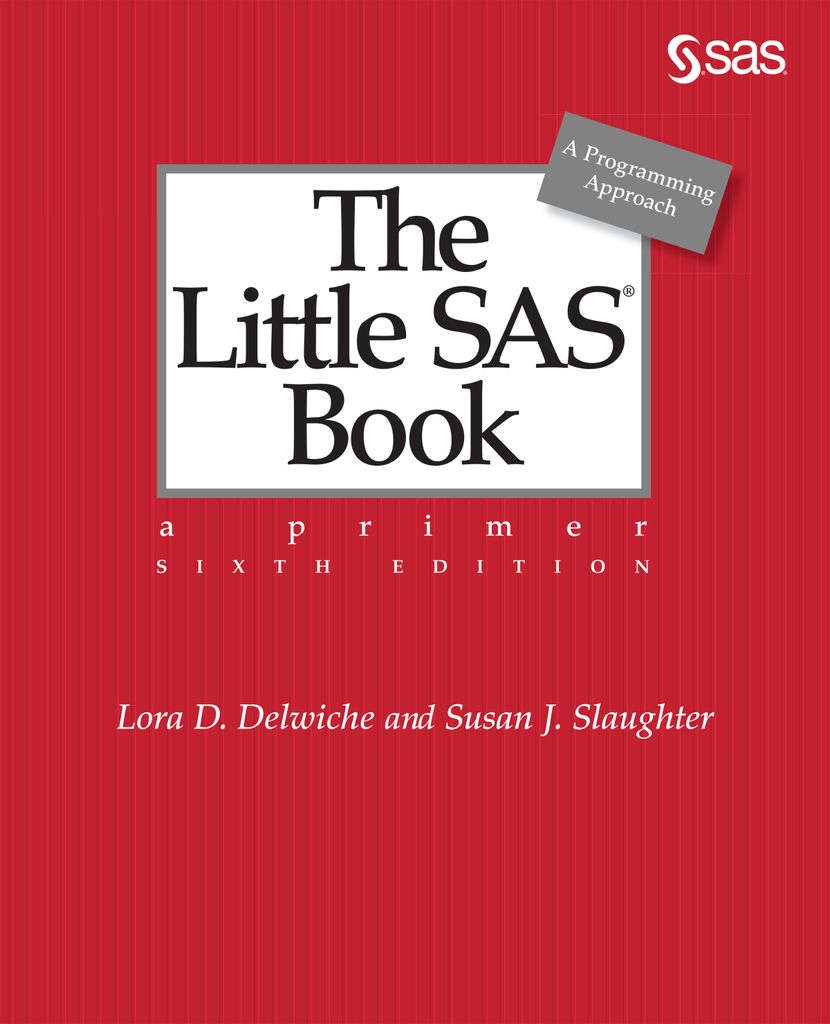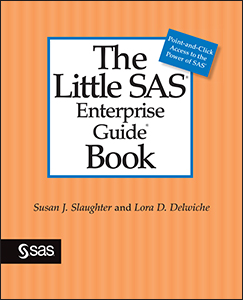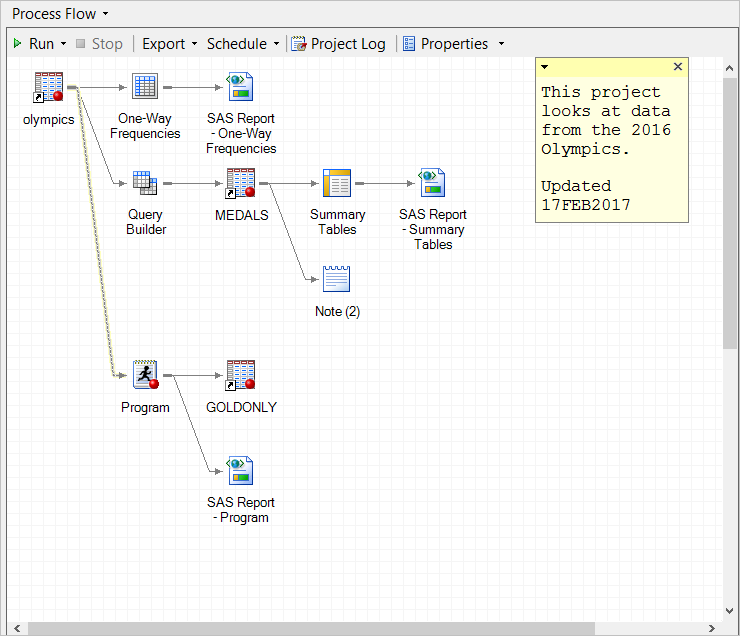
When we wrote the sixth edition of The Little SAS Book: A Primer, one of our goals was to write it for all SAS programmers regardless of which interface they use for coding: SAS Studio, SAS Enterprise Guide, the SAS windowing environment, or batch. This is harder than it sounds.






